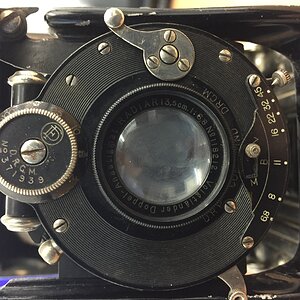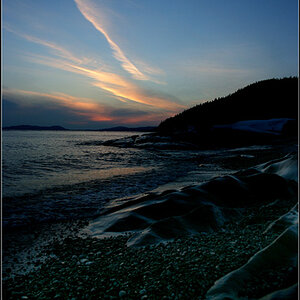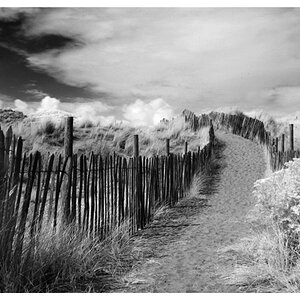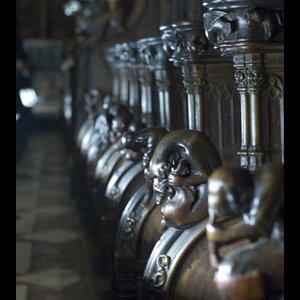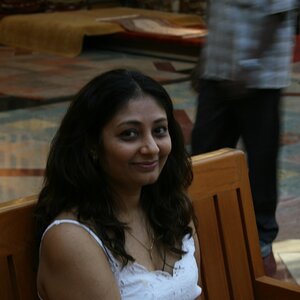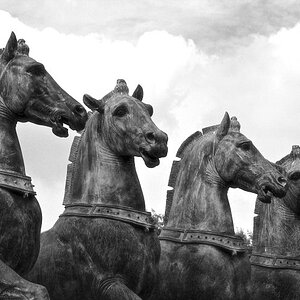afliegs
TPF Noob!
- Joined
- Nov 16, 2011
- Messages
- 59
- Reaction score
- 0
- Location
- Saint Louis, MO
- Can others edit my Photos
- Photos OK to edit
I have a photoshoot this weekend for a graduation. Most of the pictures will be concentrated on the grad, but some will be family pictures. And finally, they want to have a large family shot of all estimated 25 people who will be there.
Does anybody have any advice on posing, camera settings, etc. Thanks!!
The equipment that I have and could use... Canon 6D, 50mm 1.8, 85mm 1.8, 135mm 2.0, tamron 24-70. I also will have access to 2 canon 600rt's and 1 canon 430 ex II.
Does anybody have any advice on posing, camera settings, etc. Thanks!!
The equipment that I have and could use... Canon 6D, 50mm 1.8, 85mm 1.8, 135mm 2.0, tamron 24-70. I also will have access to 2 canon 600rt's and 1 canon 430 ex II.


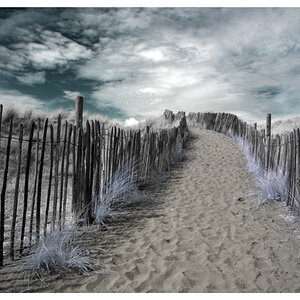

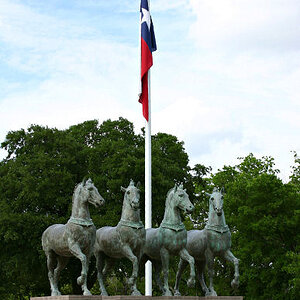
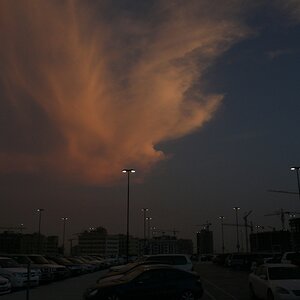
![[No title]](/data/xfmg/thumbnail/41/41757-2c3d7911242848ab00e3e9aaafa24381.jpg?1619739882)
![[No title]](/data/xfmg/thumbnail/42/42064-76de02ee1a248037351c52c414af9bab.jpg?1619739997)
